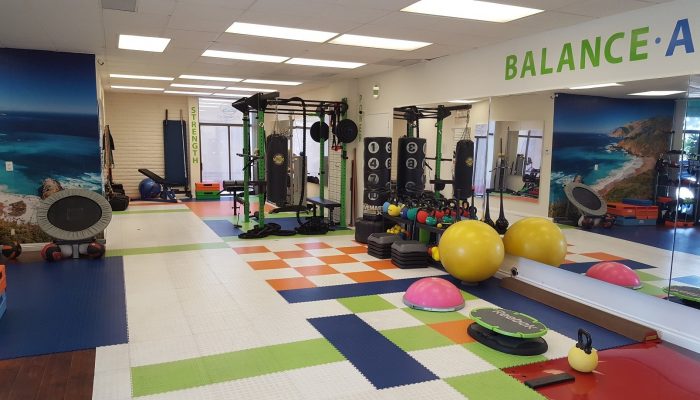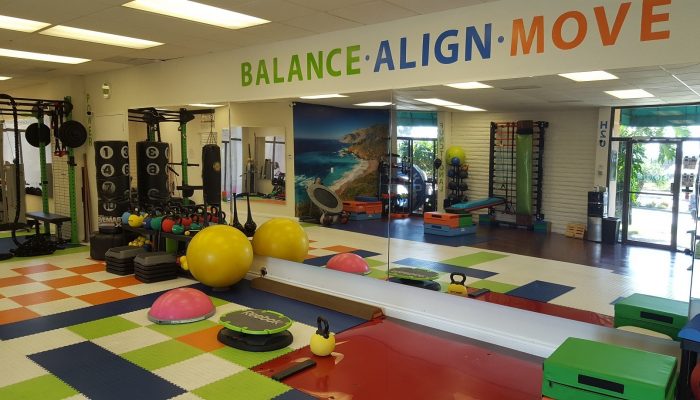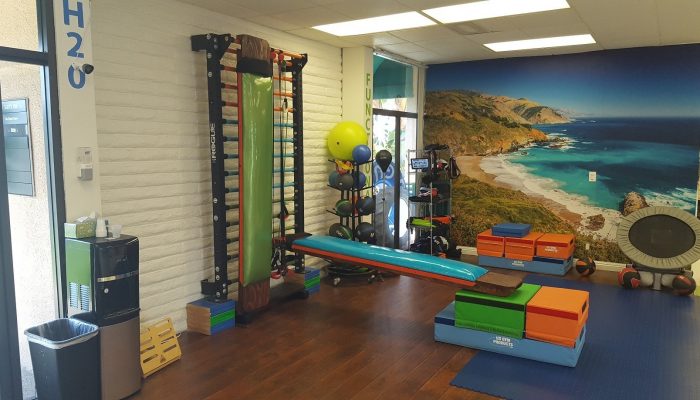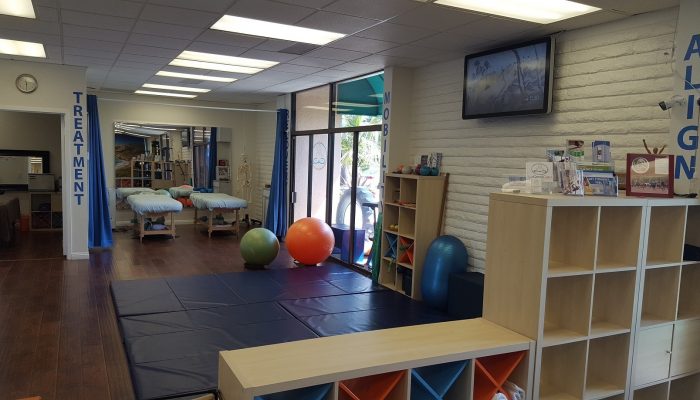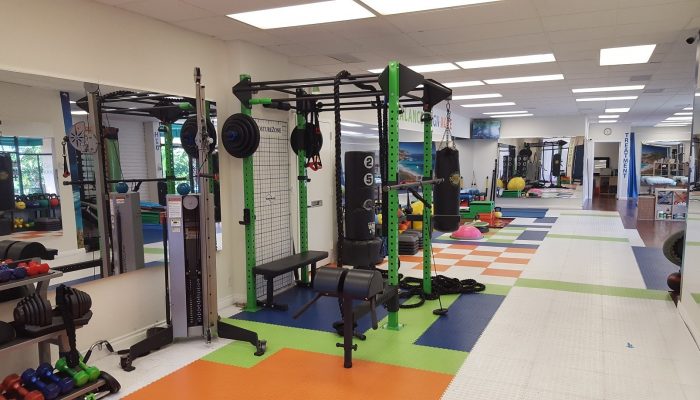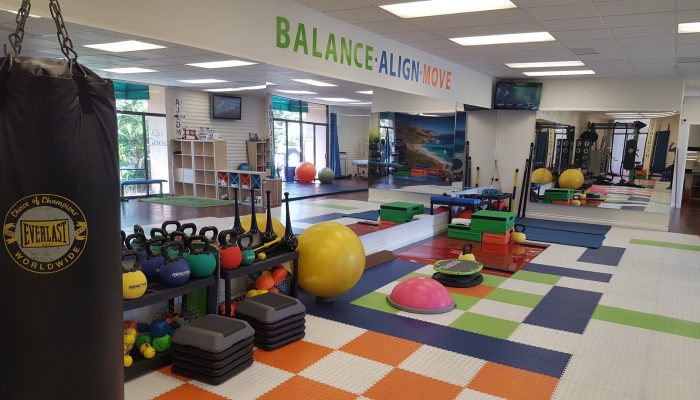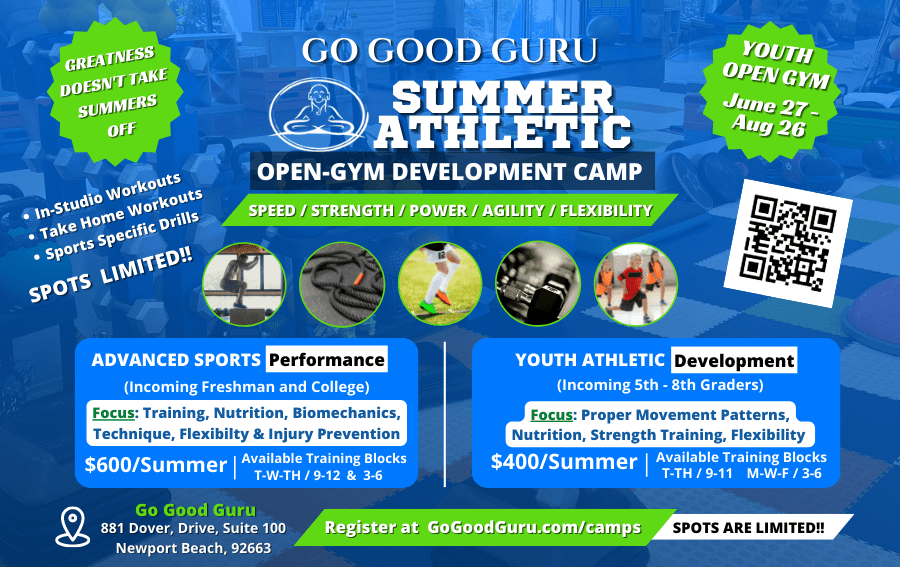
Go Good Guru | Summer Athletic Camp
REGISTRATION IS CLOSED - Sign up below to join the waiting list or be notified when our School Year Open-Gym registration opens.
Open Gym: Summer DEVELOPMENT Camps
(For Grades 5th - College)
Is your athlete Looking to Stay in Competitive Shape This summer?

This isn't Just another Kids summer Camp!
The Go Good Guru Summer Development Open Gym Program is designed for young athletes serious about maintaining or improving their performance.
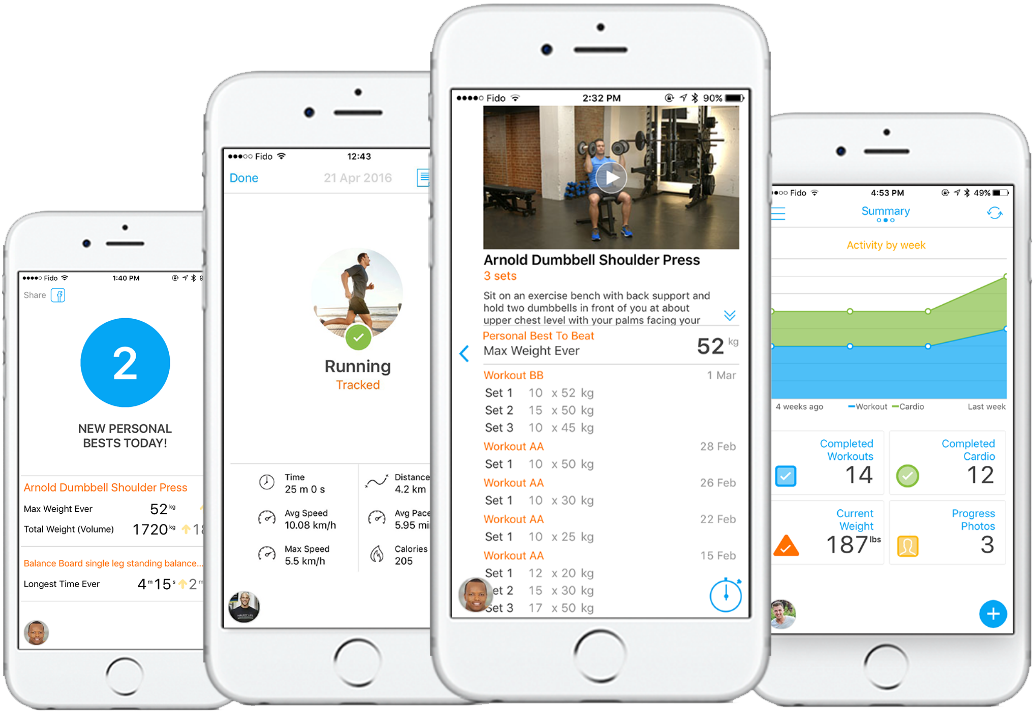
It's a program designed to increase speed, strength, agility, flexibility, explosive power and safely rebuild athletes during and after injury.
Programs are custom to each athlete's specific sports & fitness needs. Workouts include in-studio workouts, home workouts & sports-specific drills.
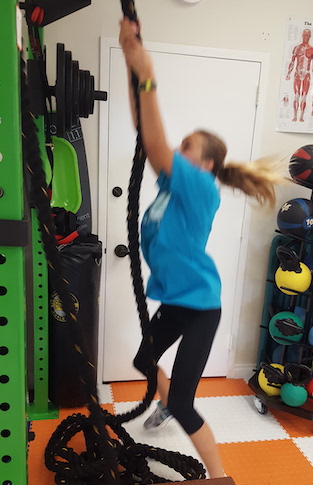
HOw Does It Work?
- After registration, athletes will schedule a time to come in for an assessment to review where they are currently, discover any weaknesses or imbalances and discuss their specific development or rebuilding goals.
- Based on the results of the assessment, the Open Gym Team will design a Custom Training or Recovery Program designed to help athletes make the most gains over the course of the program.
- Once the training programs has been design, it will be delivered via our mobile app *. Athletes will use the app in-studio to review the day's workout, review written execution/form instructions and log weights, reps & training notes. **
- Athletes will then schedule the days they will come in to complete their workouts during the designated training block. Group warmups start at the top of each training block hour. After that athletes will start their specific program.
- Most programs are designed to be completed in 40 - 50mins; that includes a warm-up and post-workout stretch. Recovery-based programs tend to run a bit shorter; 30 - 40 mins.
* Workouts can be printed out for those athletes that do not have a mobile device. ** Prior to the start of the program, athletes can schedule an optional In-Take / Tutorial Sessions to review exercises and/or learn about the equipment they'll be using during their program. *** Open Gym Staff monitor all workouts for proper technique, form, equipment use and are available for questions during workouts.
Located in a Fun & Dynamic Private Training Studio, athletes will have access to tools and equipment not available in many locations.
Development & Performance Programs
The goal of our development programs are to challenge athletes to improve, enhance, learn body awareness and develop the critical baselines needed for long-term athletic success.
Youth Athletic Development - (Incoming 5th - 8th Graders)
Perfect for beginners, advanced student-athletes or for kids just looking to get into great shape.
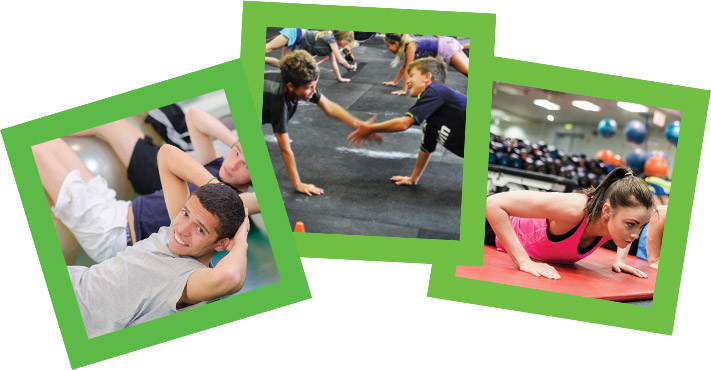
Workouts and drills are designed with a focus on proper movement patterns; essential for sports and in their everyday development. They will improve their body awareness and develop core strength; improving their game and preventing injuries during "games" and/or when moving onto load bearing programs.
- Available Training Times: T-Th / 9a, 10a & M-W-F / 3p, 4p and 5p
Advance Sport Performance - (Incoming HS Freshman to College)
For HS Freshman to College Athletes looking to improve their quickness, speed, change of direction, power and strength, mobility and flexibility.
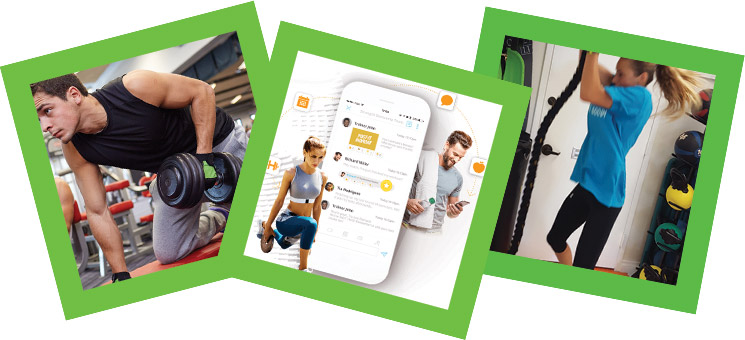
Workouts are designed to develop mental and physical toughness while and will push athletes to achieve more physically.
- Available Session Times: T-Th / 9a, 10a, 11a, 3p, 4p, and 5p
DEVELOPMENT CAMP F.A.Q.S
Certainly. While the main performance & therapy workouts are designed to be completed using in-studio equipment, there are take home workouts that are included in the app that can be done anywhere with little to no equipment required.
Using the summer to recover and build back up is a great idea! Our adaptive 3-Phase training methods SAFELY builds up weaknesses, imbalances and prepare clients to transition into a regular fitness programs. Perfect for those nursing an injury or trying to prevent one.
No. You will come in the amount of days the athlete's training program requires AND what fits the athlete's schedule. For example, if the program is designed for a 3 day/wk visit, they could come MWF, TuWF or M, W (Modified Home Workout), F. They just need to speak with a coach to get proper modifications
All programs include workouts that can be done remotely as well.
The mobile training & therapy app is required to receive the program. However, we understand that not all young athletes have their own devices. Therefore we recommend the account be setup on a parent device to receive the workouts and send messages to the coaches. Daily workouts can then be printed out to use during sessions. The details and notes from that day's workout can be updated later on a parents device.
Group warm-ups starts at the top of each hour, athletes then break off their specific stations. However, athletes can come in and start their workout anytime during their designated training block hour.
A 30-Minute In-Take / Tutorial Sessions can be booked after registration to review exercise and/or learn about the equipment athletes will be using during their program.
In-Take Appointments: June 13th - June 23rd (TTh / 9 - 12 ) & (MW / 3-5p) - No Walk-Ins, Pre-Booking Required.
No. Those appointments are optional. In fact, each exercise in the app includes a video and step-by-step instructions. Most of our mobile fitness/therapy clients have never been to the studio and still receive great results.
Unfortunately, if you miss the pre-program trainings, you'll need to contact the studio. We are a by-appointment only private training & performance studio and you will need to be scheduled. There'll be an addition cost of $49 for the evaluation.
No. One of the goals of this program is to teach young athletes how to be accountable for their training, health & fitness. That requires a level of independence, and the ability to make explore, make mistakes and learn on their own terms at their own speed.
We also find that when parents watch sessions, there is a clear shift in the dynamic between the athlete, coach and studio-mates. Parents are the most authoritative figure in a players life. Naturally, athletes will feel different when parents watch and limit the athlete's ability to be as focused and coachable.
Training plans are designed to be completed in 30 - 50 minutes and can start their workout updo 30 minutes prior to the ed of a block. For example; For the 3-6pm black, athletes can not begin a workout after 5:30pm.
still have questions?
Still have questions? Click Here to "Let Us Know" or Schedule a Call with one of our Open Gym Team Members by Clicking Here.

